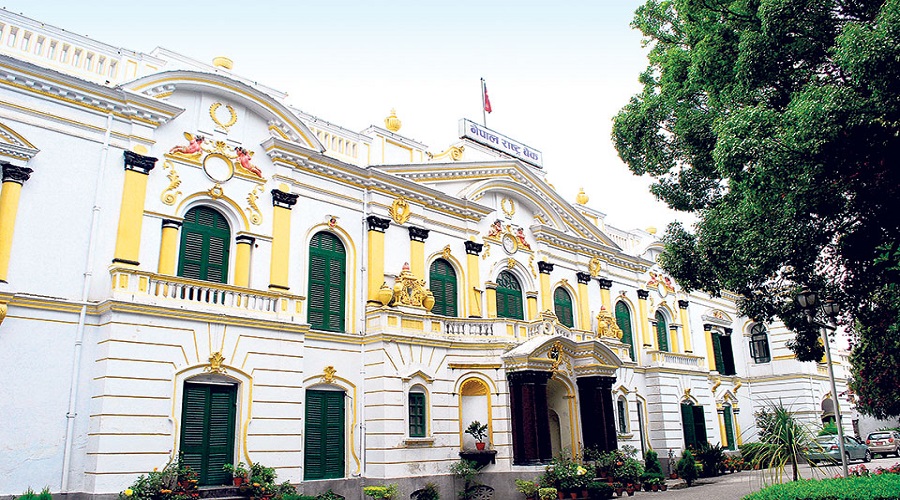KATHMANDU: In mid-January 2024, Nepal witnessed a year-on-year moderation in consumer price inflation, which dropped to 5.26%, down from 7.26% a year ago, indicating a positive trend in the country’s economic landscape.
According to data released by the Nepal Rastra Bank, this moderation was particularly evident in the food and beverage category, where inflation stood at 5.77%, while the non-food and service category recorded a 4.85% inflation rate.
The downward trend in the year-on-year price index was observed in various sub-categories, such as ghee & oil, vegetables, meat & fish, and transportation.
Moreover, spices and sugar & sugar products also saw a moderation in their price indices during the review month. This cumulative effect contributed to the overall moderation in consumer price inflation.
Under the Food and Beverage Category, sub-categories like ghee & oil, vegetables, and meat & fish experienced decreases of 13.07%, 1.04%, and 0.06%, respectively, in their year-on-year price indices in the review month.
In terms of regional variations, consumer price inflation in the Kathmandu Valley, Terai, Hill, and Mountain regions stood at 5.76%, 4.78%, 5.40%, and 6.57%, respectively, indicating a diverse economic landscape across the country.
The wholesale price inflation also showed a significant decline, dropping to 3.36% in mid-January 2024 from 9.82% a year ago. Notable changes were observed in the price indices of consumption goods, intermediate goods, and capital goods, which increased by 6.16%, 1.99%, and 2.71%, respectively. Conversely, the wholesale price index of construction material decreased by 1.08% in the review month.
The trade balance revealed a 2.6% decrease in the total trade deficit, amounting to Rs.693.20 billion during the review period. Exports to China and other countries saw substantial increases, while imports from India and other countries decreased by 2.4% and 25.7%, respectively.
Remittance inflows increased by 25.3%, reaching Rs.733.22 billion in the review period. The service account exhibited growth in travel income by 44.4% to Rs.39.56 billion, contributing positively to the overall balance.
The current account, which was at a deficit of Rs.35.57 billion in the same period of the previous year, turned into a surplus of Rs.161.62 billion in the review period.
In terms of foreign exchange reserves, Nepal experienced an 18.0% increase to Rs.1816.57 billion in mid-January 2024. The gross foreign exchange reserves were deemed sufficient, covering prospective merchandise imports for 14.5 months and merchandise and services imports for 12.1 months.
The international market reflected a decrease in crude oil prices by 4.2% to $79.89 per barrel, while gold prices increased by 5.6% to $2013.20 per ounce.
Despite the positive economic indicators, the Nepalese currency depreciated by 0.91% against the US dollar in mid-January 2024.
The Nepal Government’s total expenditure during the first six months of 2023/24 stood at Rs.566.62 billion, showing a decrease of 1.7% compared to the growth of 13.7% in the previous fiscal year.
Government revenue mobilization witnessed a growth of 8.2% in the review period, reaching Rs.496.50 billion. Tax revenue contributed Rs.443.55 billion, while non-tax revenue stood at Rs.52.95 billion.
Private sector credit from Banks and Financial Institutions (BFIs) increased by Rs.192.64 billion (4.0%) in the review period, supporting economic activities in various sectors.
These economic indicators collectively suggest a positive trajectory for Nepal’s economy, marked by controlled inflation, trade balance improvements, and increased remittance inflows.
This news report follows the inverted pyramid style, providing the most essential information at the beginning and gradually delving into more detailed aspects of the economic situation in Nepal.

